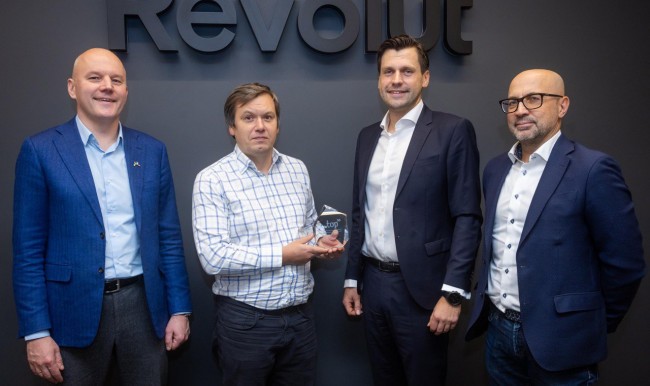
The Baltic TOP30 is a unique tool aiming to promote the global competitiveness of Baltic companies
KĀRLIS KRASTIŅŠ, PRUDENTIA MANAGING PARTNER
We are really pleased that the initiative launched in Latvia 16 years ago has grown into a Baltic-level project thanks to the Prudentia team and the Confidentus team. The Baltic TOP30 is unique analytical information that allows the public not only to take a deeper look on the financial results of each company but also promotes the global competitiveness of Baltic companies.
As for the chosen methodology, the Baltic TOP30 reflects the enterprise value of the most valuable Baltic companies. Each company has chosen its own financing model, how much capital it uses, how many borrowings it has, what its dividend policy is. This distinguishes our TOP30 from the equity value evaluation or market capitalization, which is reflected in stock exchanges. For the listed companies shown in the TOP30 enterprise value is based on market value plus net debt.
The 1st place winner is the Lithuanian-based group of companies Vilniaus Prekyba. This is not a big surprise for the authors of the TOP30, as the group has ambitious growth plans, which it also manages to implement. The group operates in 6 countries, employs around 42,000 people, and its total turnover in 2020 was EUR 5,268 million. Vilniaus Prekyba is the only company in the Baltics with an EBITDA of over EUR 500 million. EBITDA plays an important role in the TOP30 methodology. The group has grown both intrinsically and through acquiring several significant companies, using both capital and loans. The last significant purchase was in Latvia - the acquisition of the Alfa shopping centre in August 2021 by the real estate developer part of Akropolis Group.
In general, the TOP30 sectoral breakdown shows a fairly objective picture. The 3 leading sectors in terms of value are manufacturing, financial services, and utility services, each of which accounts for approx. 20% of the total value of TOP30. This is followed by trade with 14.9%, transport, and logistics with 11.2%, technology and telecommunications with 8.2%, and then the rest.
The existence of manufacturers among the leaders is gratifying since it confirms the ability of Baltic companies to work successfully in the Baltics and Europe and the ability to export their products. Manufacturing is also important for employment. The most valuable manufacturing company in the Baltics is the Lithuanian-based subsidiary of the US pharmaceutical giant Thermo Fisher Scientific Baltics. It's a pleasure to see that the largest among the most valuable Baltic manufacturers with local capital is the Latvia-based Mikrotīkls, which is a global manufacturer of wireless communication equipment and routers.
An interesting situation is observed among the values of the 3 most valuable energy companies in the Baltics, which are near each other in the TOP30 list. Observing the level of EBITDA of companies, we can conclude that Latvenergo has the highest profitability margin. However, in its annual report, it does not separate the EBITDA generated by “green energy”, which prevents the use of a higher valuation estimate in its value calculation, while Ignitis group and Eesti Energia, in turn, emphasize and highlight it in their annual reports.
Among the Baltic TOP30 companies, there are ten companies from Lithuania, ten from Estonia, and three from Latvia. The other seven in the Baltic TOP30 are subsidiaries of global players. This situation shows that Lithuania and Estonia have greater business consolidation in the respective industries as well as that Lithuanian and Estonian companies are more active on the scale of Baltics and Europe.


